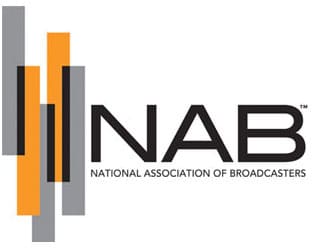With the California wildfires in progress, the FCC fired off a memo to all broadcast stations, cable operators, satellite services and other video providers reminding them of their responsibilities, particularly to the disabled. When it comes to the visually impaired, the FCC suggests radio as an important go-to medium. And the Commission reminded Spanish-language broadcasters of a new upcoming responsibility.
The FCC’s rules require that those with limited vision are getting necessary information, and the FCC said it envisions that this would typically come from the audio portion of the coverage.
If a regularly scheduled, non-news program is being run and emergency information is being provided via superimposed or scrolled text, the FCC says the text must be accompanied by an aural tone, which will alert the visually impaired that emergency information is being provided. The FCC suggests that thus alerted, such individuals tune into a radio station for further information.
For the hearing impaired, important spoken content must be made available in text form one way or another, even if it means writing it down on a chalkboard and putting it on camera.
The FCC also reminded Hispanic broadcast, cable and satellite video outlets that as of 1/1/10, all non-exempt programs must include close-captioning, and that as of 1/1/12, 75% of pre-rule programming must be close captioned.
For analog, pre-rule means any program published or exhibited before 1/1/98; for digital, pre-rule means any program published or exhibited before 7/1/02.
RBR/TVBR observation: We’ve seen fines issued for coverage in the heat of an emergency that did not adequately take into account the visually and aurally impaired, and while it is important that the FCC address such matters, it should use a very light touch with dishing out punishments – since a station can avoid such a fine by providing no coverage at all.




